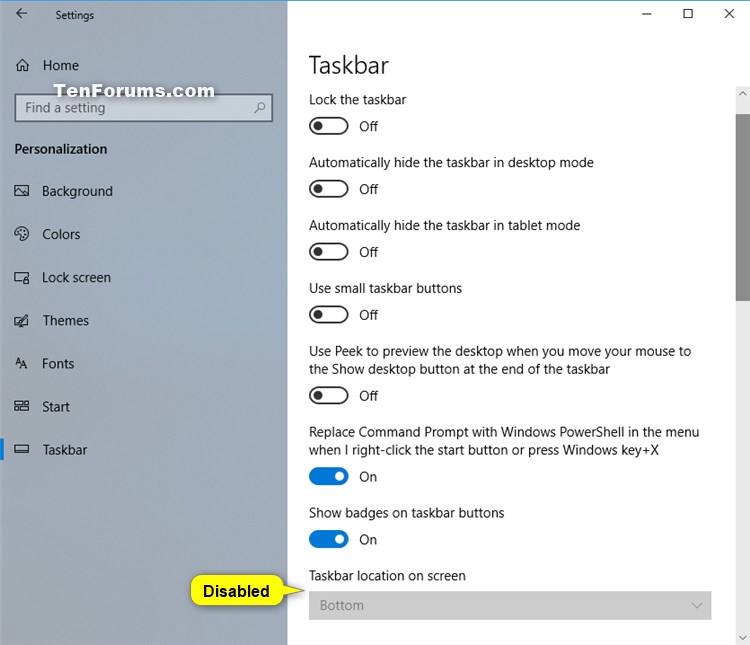

Most of us use a few commands a lot, and seldom, if ever, use the rest. Note: This information is also available as a PDF download. Here are some of the various ways you can tailor Outlook to suit your working style.

Fortunately, command bars are easy to configure and create in any Office application, including Outlook. In addition, you can add custom toolbars to automate specialized or repetitive tasks. Only one Menu Bar is allowed, but you can customize both it and the built-in toolbars. To customize the Toolbar in Photoshop, we use the Customize Toolbar dialog box.Outlook comes with two types of built-in command bar objects, the Menu Bar and toolbars. But in Photoshop CC, Adobe finally lets us customize the Toolbar any way we like. In earlier versions of Photoshop, there was no way to do any of those things. And what if we could group and ungroup tools in ways that make more sense to us and the way we work? Finally, what if we could save our customized Toolbar layout as a preset that we could switch to whenever we needed? Wouldn't it be great if we could customize the Toolbar so we could keep just the tools we need and hide the ones we don't? How about being able to change the order of the tools? That way, the tools you use the most could appear first, rather than being scattered all over the place. And still others that, well, you'll have no use for at all. There are some tools that you'll use all the time. It's great that Photoshop gives us so many tools to work with, but you probably won't need every tool every day. I won't go through every tool in the Toolbar, but obviously, there's a lot of them (66 by my count as of Photoshop CC 2017). Many of Photoshop's retouching tools are grouped together. I've darkened the rest of the interface in the screenshot to make the Toolbar easier to see (it's way over on the left): This is lesson 4 of 10 in my Learning the Photoshop Interface series.ĭownload this tutorial as a print-ready PDF! Some Quick Toolbar Basicsīy default, the Toolbar in Photoshop is located along the left of the interface. You'll also want to make sure that your copy of Photoshop CC is up to date.

To use the new customizable Toolbar feature, you'll need Photoshop CC. We can hide tools we don't use, change the tool groupings, rearrange the order of the tools, and more! We can even save our custom Toolbar layouts as presets! Lets see how it works.

In this tutorial, we'll learn how to customize the Toolbar in Photoshop! In Photoshop CC, Adobe finally allows us to create custom Toolbar layouts that better match the way we work. We've also learned how to reset Photoshop's tools and the Toolbar back to the default settings. So far in this series on the Photoshop interface, we've learned all about Photoshop's Toolbar and its many tools.


 0 kommentar(er)
0 kommentar(er)
